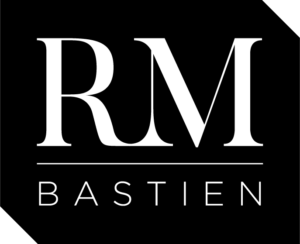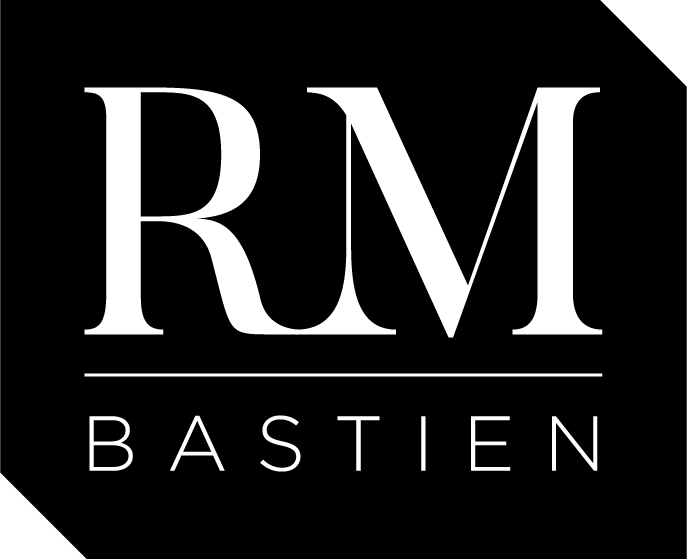
Discover estimation afflictions that impede the capacity to foresee digital costs
Estimation is not clairvoyance; it has to be based on a solid understanding the work that needs to be done. Knowledge about that work falls into two categories of awareness: the business needs and the rest.
Business Needs First
For better comprehension of the business need, methods and approaches have been developed and used for half a century now. They all have their strengths and appropriateness to context. It seems quite obvious that a good judgement of what the organization needs to achieve businesswise is key. But what about the rest?
And the Rest
The rest is mainly understanding what’s already there: all the digital assets that have grown into your business environment, year after year. Don’t dream. Unless your organization has the luxury of being a start-up that can work from a sparkling new clean slate, then whatever your business needs may be, you’ll need to deal with what’s already there, the rest.
Surprises in Old Houses!
I’ve been involved in several home renovations on old houses. Let’s take the latest one: changing a small one-bedroom apartment on the second floor of a 1943 building into a sunlit loft with higher ceilings and leveled floors. The contractor that did the job had two choices: (1) estimate to his best knowledge, based on experience, and charge me by the hour, or (2) give me a fixed price based on the same experience. But his knowledge of what’s hidden behind the paint of the walls was very limited. As such, if he’d given me a fixed price, he would have outrageously inflated the estimates to make sure that he wouldn’t lose his shirt in the process with unforeseen surprises. That’s why I went for the time-and-material option with daily updates and collegiate decisions.
And surprises there were! Water pipes needed to be moved. A phantom roof was discovered between the ceiling and the current roof. An exterior wall had leaked some decades ago and the structure was rotten. Lintels were missing. First floor walls (which were clearly out-of-scope) had to be opened to reinforce their structure.
But that’s a case of an old residential house. You would not expect such surprises with commercial buildings, even of that age. They’re built according to code, by duly certified contractors, not by whomever was available and whatever materials could be found during WWII…
Organizational Handicaps
Unfortunately – and despite the huge amounts of money poured into building them- the potential for surprises in digital systems mirrors old residential houses, not commercial buildings.
When it comes to the rest, corporate IT is severely handicapped in its ability to understand and estimate what has to be done owing to four foundational issues:
- Organizational memory. If a system or one of its engineered components was not documented adequately by past projects it creates unknowns and uncertainties about the assets involved in the new business solution.
- Standardization. The absence of adopted standards creates additional variability and unknowns about the assets affected by the change.
- Quality control. Conformance to standards is a form of control on the quality of an asset. When some aspects of quality –be it standards compliance or any other good practice—are not systematically controlled, it creates incertitude about what’s out there and how to deal with it.
- Asset management. Because a whole wall of corporate IT creations is not managed as assets, no-one owns them and there is little historical data available on these systems. There is no data on how much previous work on that system ended up costing. Again, this creates uncertainties about how much work will be required.
Basic Management Discipline Absenteeism
Adopting and enforcing standards, documenting what’s been built, or managing assets have little to do with the business needs behind a digital transformation project. Yet, these considerations have a huge impact on an organization’s capacity to transform in a timely and cost-effective manner. Research has shown that the cost of making the new digital stuff work with the old ones already in place accounts for 40 to 70 percent of the total costs of building the new thing. My personal observations in organizations concur with these figures.
Dig for Root Causes
There are reasons for these debilitating organizational deficiencies, and they are not technical. Documenting what you do, working with standards, or managing all your systems as assets have nothing to do with data, computers or digital something. Neither can these weaknesses be fixed with new technology nor by adopting yet another miracle development method. They require rethinking some basic organizational design options.
If you want to know more about the true culprits behind these deficiencies, register to be part of the next cohort for the 12 truths About Corporate IT seminars program.

